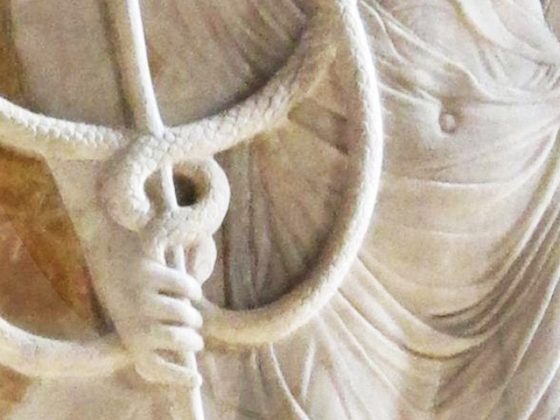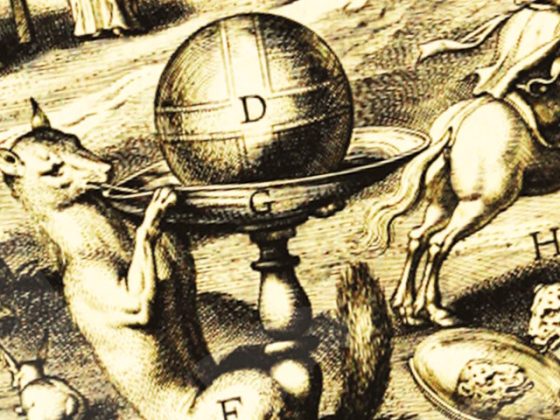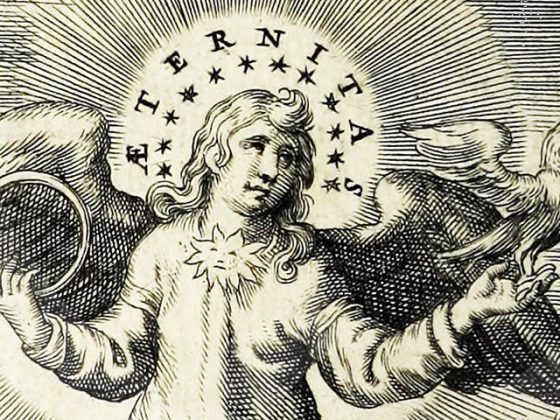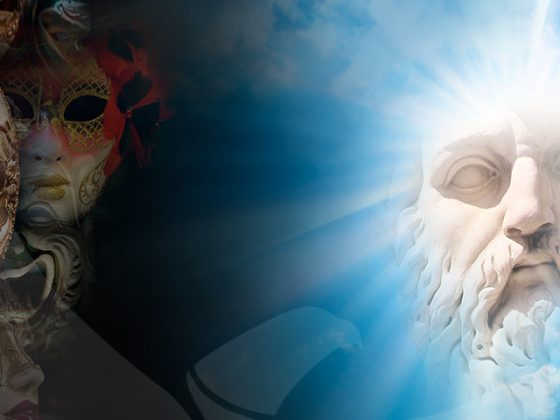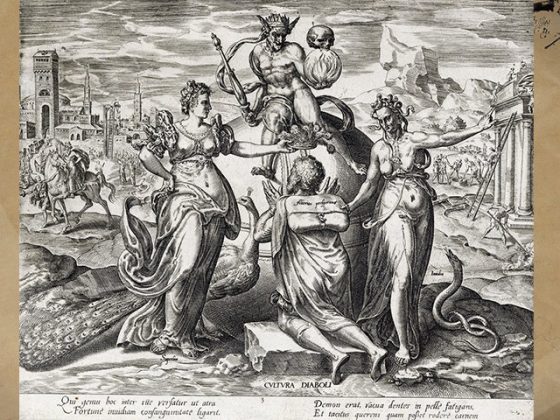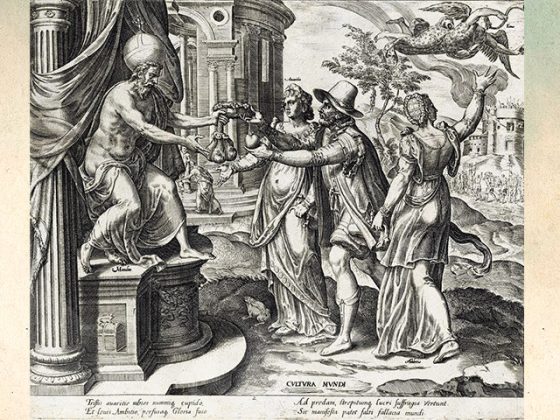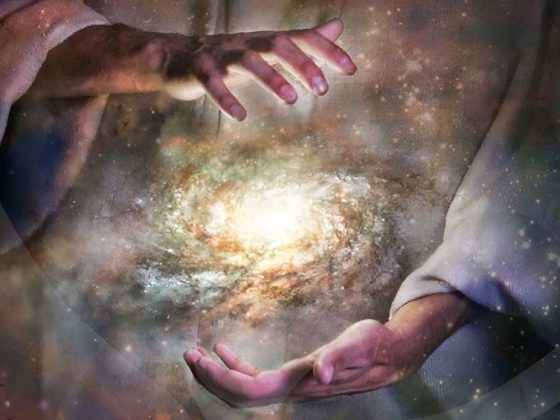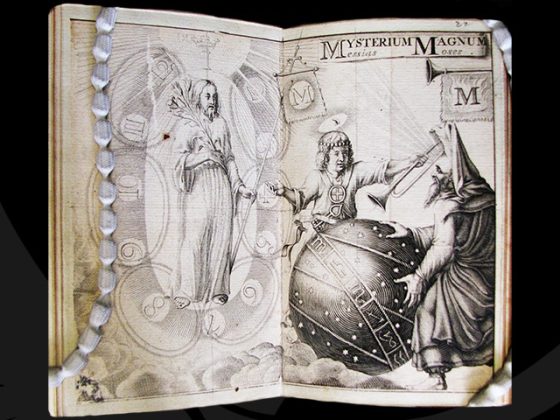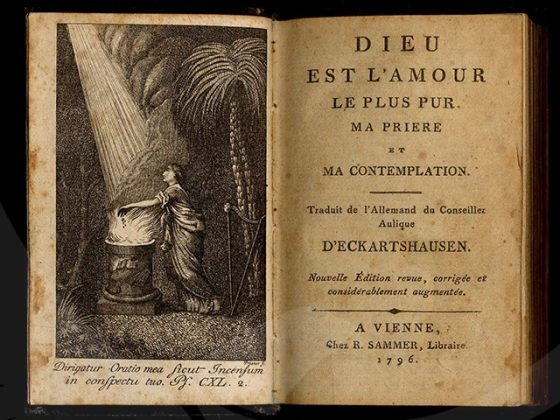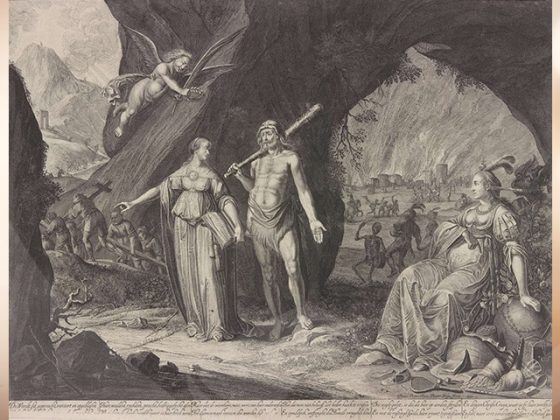I am sending you this image of the God Mercury, bas-relief in the Chapel of the Zodiac of the Malatestian Temple in Rimini, Italy. The author is the Italian sculptor Agostino di Duccio (1418-1481).
“Specvlvm fallax” (The mirror that deceives)
I take the pen to send you some comments related to the profound importance of approaching the TECHNIQUE OF TRUE self-observation and our longings to live within reality and not within fantasies.
“Consideratio segunda” (SECOND CONSIDERATION. In which Nature represents eternity)
The present engraving, in addition to its beauty, reminds us of the archetypes linked to eternity that we find in the sacred scriptures of all times.
The Chimera of Arezzo
This sculpture, of Etruscan origin, is made of bronze and is estimated to have been made around 400 BC near the city of Arezzo ─Italy─, where it was found in 1553. It measures 129 cm in length and is 78 cm high. It is currently in the National Archaeological Museum of Florence.
Cultura diaboli
To begin our description, we will say that, if we look at the center of this artistic engraving, we will immediately see the figure of Satan seated on the sphere that represents our world, and this is to show us that, indeed, it is he who, unfortunately, governs the destinies of this human anthill.
I now send you the second engraving of the sequence of four in total made by the Flemish artist Gérard Van Groeningen in 1573. This is the series of engravings encompassed under the title The Four Ways of Living on Earth.
God is not a man but He is within every man.
God is not a woman, but He is the energy that moves her soul.
God is not a plant or an animal, but these Elementals come from the Monads, which, in turn, are daughters of the Theomegalogos.
Very endearing readers:
I approach all of you to send you a Gnostic description of the present engraving that corresponds to a book called MISTERIUM MAGNUM and which refers to ”Jesus and Moses”
God is the purest love
In this artistic work you can see a maiden – an Isis or priestess – doing her ablutions in front of the fire that burns in a cauldron and is connected to luminous rays that come from the heavens.
Hercules at the crossroads
This engraving, “Hercules at the crossroads”, esoterically alludes to the decision that has to be made by every aspirant to become a SOLAR MAN, in other words, by every Bodhisattva who, having already raised his seven Serpents of Fire, must clearly decide between the Dry Path of the alchemist or the Humid Path of the transmutatory art.


